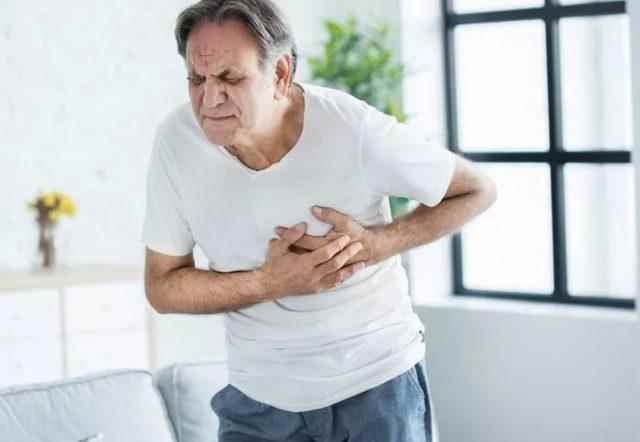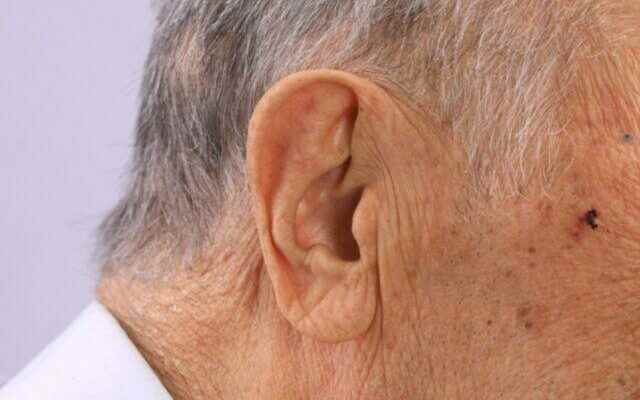Millions of people die every year due to insidious heart diseases. Therefore, it is vital to protect our heart health and to diagnose heart diseases early. Although the symptoms of heart diseases are generally thought to occur in the heart, researches explain that they also show different symptoms. Changes in the ear can warn about heart diseases.
IF YOU EXPERIENCE A CHANGE IN YOUR EAR, YOU CAN SEE THE DOCTOR
Researchers have found a link between earlobe wrinkles and coronary artery disease. The crease usually forms a 45-degree angle and runs diagonally backwards. Although the crease on the earlobe is not always a sign of heart disease, experts recommend seeing a doctor if you experience the change.
The diagonal fold of the earlobe is named after Frank Sanford, who said that the line from the opening of the auricle to the earlobe can predict the development of cardiovascular disease, diabetes, and premature aging. Frank observed this link in the 1970s, and since then experts have conducted numerous studies on the subject.
IS TINING IN THE EAR CONNECTED TO HEART DISEASE?
A pulmonologist, Dr. Frank Sanford, in a 1973 article, reported a link between heart disease and earlobe folds, based on the conclusions he and his colleagues had reached. In the decades since then, many researchers have studied the relationship between the small line on the earlobe and coronary artery disease. One of the best-known studies, based on more than 500 autopsies, found that folds in the earlobe predicted the risk of heart disease in people younger than 40 in 80 percent of cases.
IT HAS BEEN OBSERVED IN 80 PERCENT OF PATIENTS EAR LOBES
Another study also found that earlobe wrinkles are associated with an increased incidence, extent, and severity of heart disease. In another study that observed about 250 patients hospitalized for acute stroke, they found that about 80 percent had a diagonal crease in their earlobes. Based on the results, the doctors concluded that crossed earlobe folds could predict ischemic stroke, that is, heart disease caused by insufficient blood supply to the heart muscle.

The research on the subject is a 2021 study reporting that the earlobe fold is still insufficient to detect chronic coronary syndromes in connection with the diagnostic utility of the earlobe fold.
WHY CAN CROWNED EAR NOZZLES SIGN A HEART DISEASE?
Researchers aren’t sure where the aforementioned mysterious connection between ear and heart comes from. One explanation is that the heart muscle and earlobe are made of the same genetic material and are directly related to each other. From another point of view, ear wrinkles are a type of skin degeneration that may result from vascular diseases.

LACK OF BLOOD FLOW CAN CAUSE WRINKLE
But there are other theories about the relationship between diagonal earlobes and coronary artery disease. For example, changes in the DNA helix of a particular chromosome may be associated with the diagonal fold of the earlobe because both are associated with atherosclerosis, the cause of coronary artery disease. Elastin, the protein responsible for the flexibility and strength of tissues, may also play a role in the wrinkling of the earlobe. Physical wrinkling can occur due to lack of blood flow.
MAY BE A SIGNAL OF OBESITY OR AGE
Some believe that wrinkled earlobes may be a sign of obesity, a known risk factor for cardiovascular disease. An extensive study also found that visible signs of aging like ringworm are associated with an increased risk of coronary artery disease and heart attack.

RISK SYMPTOMS
It is more important to see a doctor if you are experiencing symptoms related to coronary artery disease. These worsen with exercise and disappear at rest. These symptoms include chest pain or pressure, pain in the shoulder or lower jaw, chest pain radiating to the left arm, leg pain or swelling, shortness of breath, and fatigue.
